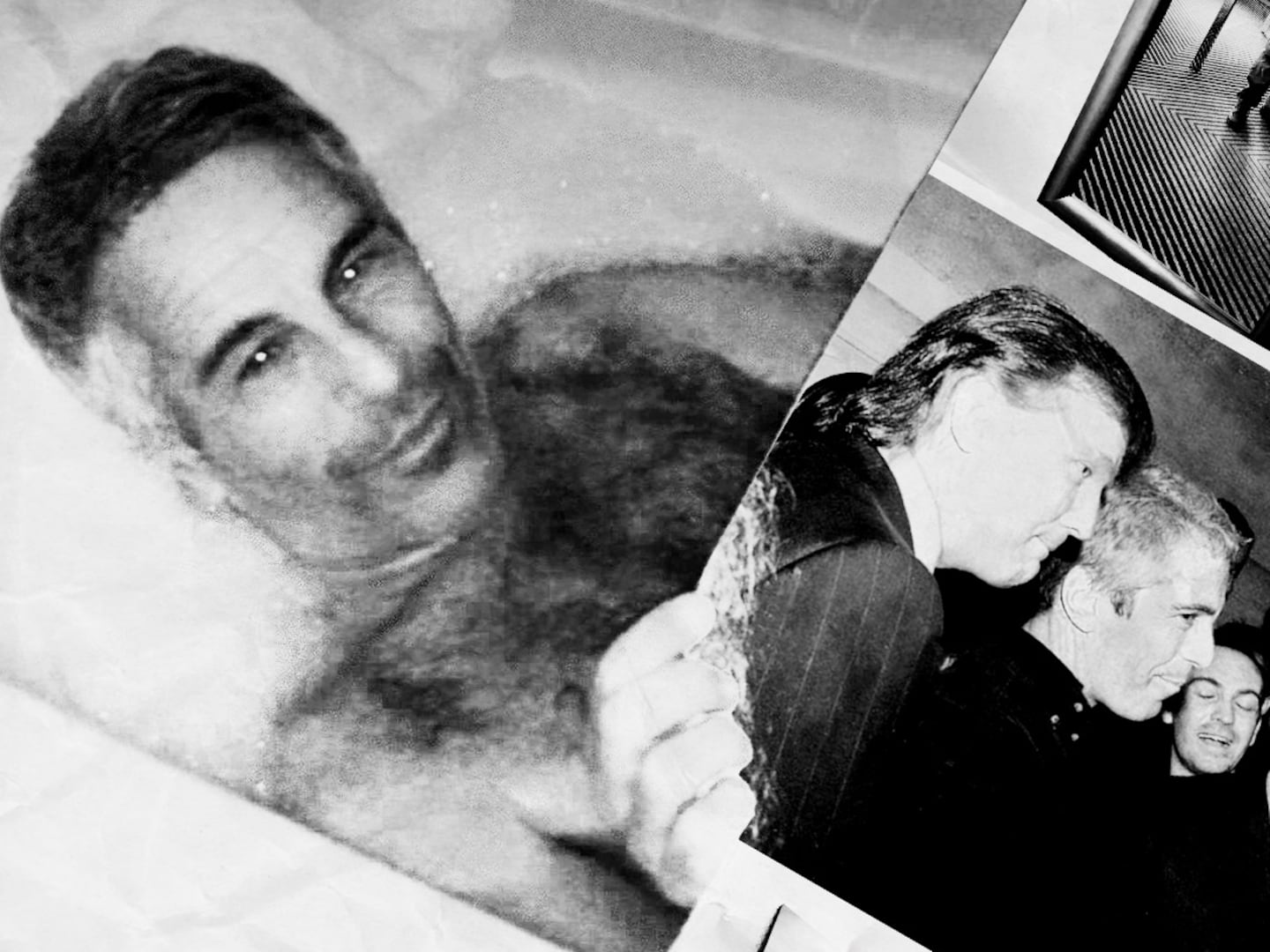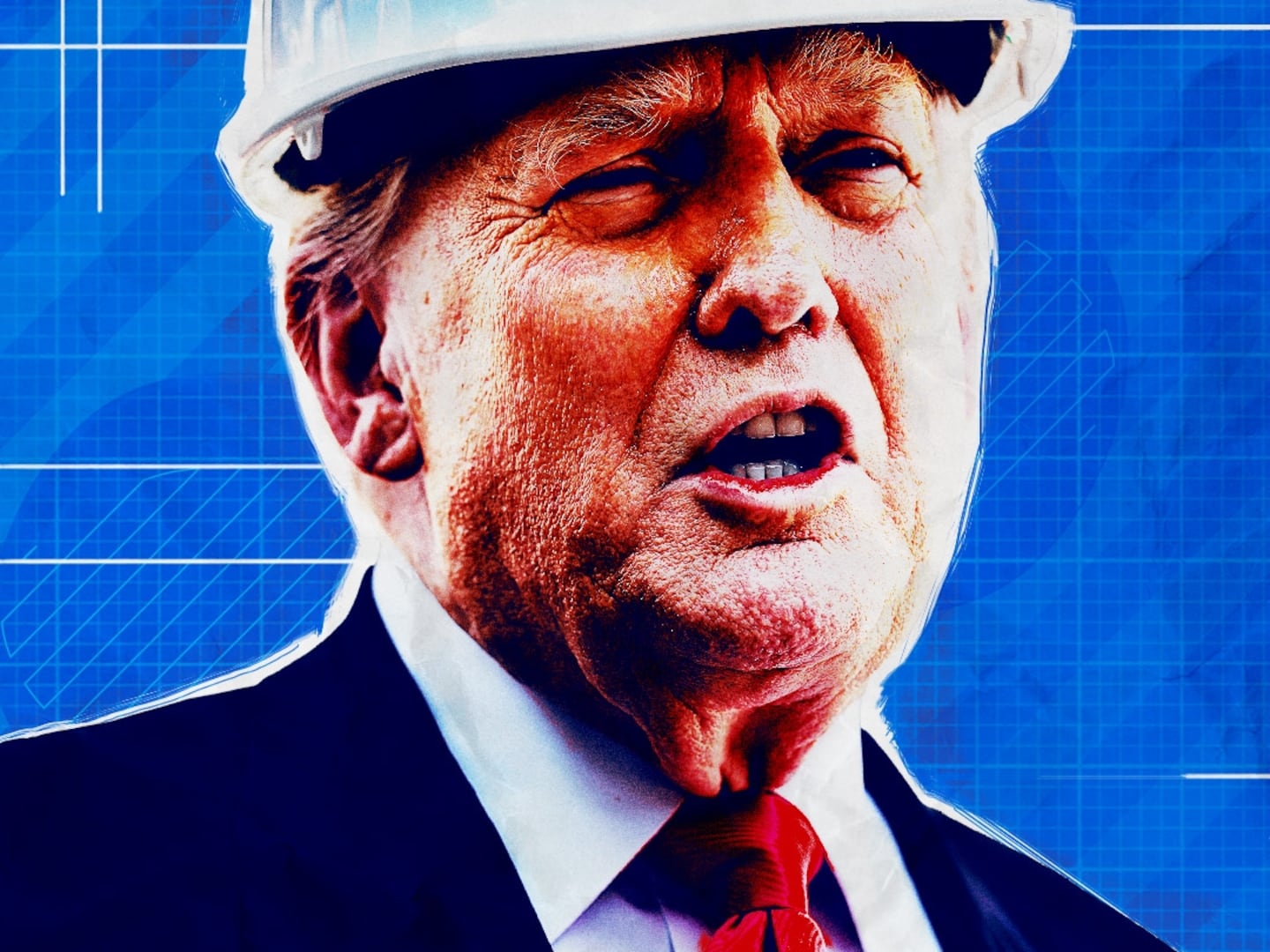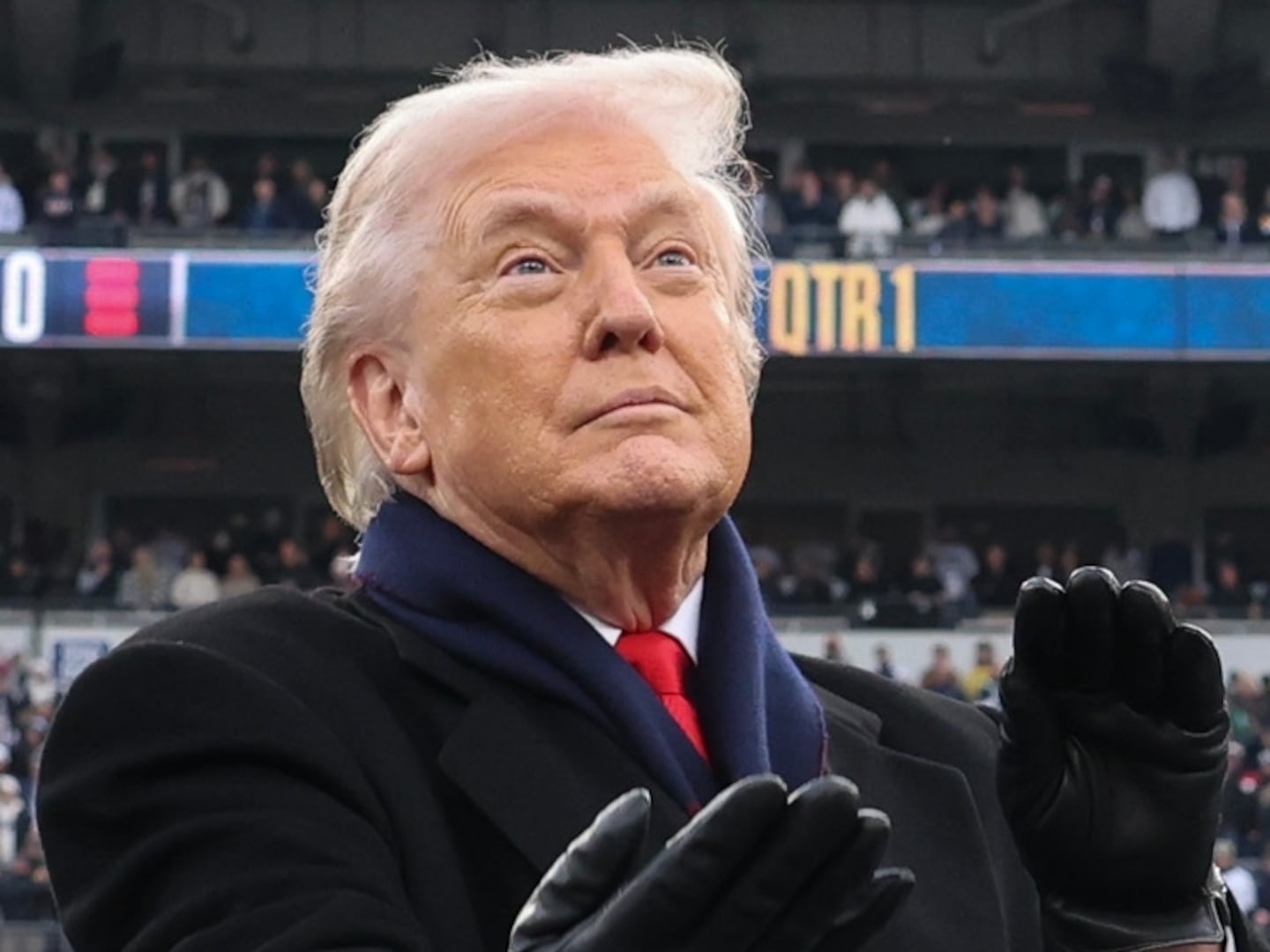It took exactly 3 minutes and 5 seconds into the first quarter of Sunday’s playoff game between the Chicago Bears and the Seattle Seahawks to realize that there are only two paths left for football: Acceptance or abolishment.
With 11:55 left in the period, Seattle tight end John Carlson hit the sidelines with his helmet after catching a pass and going airborne. The impact was astounding. He lay there prone, as medical personnel surrounded him, then was immobilized and taken off the field in a motorized cart. Later in the game Seattle defensive back Marcus Trufant also was immobilized and driven away in a cart after the knee of Bears’ tight end Kellen Davis smashed into the side of Trufant’s helmet.
Both had suffered concussions, which as any football fan knows by now can carry terrible after-effects long past the end of a player’s career if you suffer too many of them. Early Alzheimer’s. Perhaps even suicide.
But I don’t feel the least bit upset or concerned by what happened. In an admitted reversal of what I have previously written, the National Football League should stop any further attempt to prevent head injuries beyond the rule changes that have already taken place. The tenor of several of the playoff games over the weekend, the Pittsburgh Steelers versus the Baltimore Ravens and the New York Jets versus the New England Patriots, was nasty and nail-biting. I found myself transfixed no matter how much I tried to fight it. It reminded me of the football of old, when I was a sheltered little kid—grit and dirt and spit and snow.
Violence is not only embedded in football; it is the very celebration of it. It is why we like it. Take it away, continue efforts to curtail the savagery, and the game will be nothing, regardless of age or skill.
Much has been reported, especially by The New York Times, about the potential dangers of head injuries in the game. I know the reporter who has done virtually all the stories, Alan Schwarz, and to say he is assiduous is ridiculous understatement. His work has truly been exemplary. But after what seems like a million stories, it may be time for the Times to move on. The overall point has been hammered to bits.
Take violence away, continue efforts to curtail the savagery, and the game will be nothing, regardless of age or skill.

The game doesn’t simply cause injury. It is injury. It is an occupational hazard that, yes, can turn into tragedy. The inherent danger can never be strained out, except at the margins. Nor should it be.
Because of the Times’ coverage, there is now great concern at the high school and youth level, since kids obviously emulate the smash-mouth style of the pros. That is fine. But any parent who has let their child play football in the past 50 years and claimed never to have understood the risks involved was either kidding himself or an idiot. It is elemental that a game in which Player A wears a helmet and tries at full speed to kill Player B, also wearing a helmet and at full speed, is not designed to evoke the peace symbol or Bono’s efforts to cure the world.
The NFL did take some steps this season to prevent the seriousness of concussions. Flagrant helmet-to-helmet hits are illegal and met with fines for the offending player. If a player is deemed to have anything close to a concussion after a hit, he now at a minimum has to remain out for the entire game. The hope presumably is that behavior modification will change the way pro athletes play the game and have a trickle-down effect on amateur levels.
But football by its nature is animalistic, raw, a bloody piece of meat. That’s what fans want, as close to the bygone days of the Roman Coliseum as we can position ourselves. It also sells. That’s what Fox promotes, returning to the game after commercial breaks with that incredibly annoying animated robot jerking back and forth like an ugly terminator to wave-crashing music.
There are isolated moments of splendor in football, a tight spiral spinning through the air, all time stopped, until the ball lands perfectly in the hands of a receiver in full stride as if by magic. Or the receiver leaping in gyration to catch a poorly thrown ball that defies all bounds of athleticism.
But it’s the mano a mano combat of a fast defensive line against a behemoth offensive line that is the turn-on. It’s the blitz of a safety speeding out of nowhere to crumple the quarterback. It’s the running back breaking tackle after tackle by defenders who truly want to punish and knock him out. It is no longer mandatory in the NFL to wear thigh pads or hip pads, and some players don’t because they want to be as fast as possible. The lack of protection can also obviously lead to injury, which indicates the NFL’s need to preserve the mass destruction.
I realized over the weekend how much I actually relish the speeding blur of the game and the possibility on every play of a hellacious hit. I realized how much I liked the clear derangement of the defensive backs, human sacrifices for a bone-splitting tackle. Every player in the NFL knows the possible risks down the road, whether it is Alzheimer’s or the well-known realities of crippling arthritis and being able to walk only with a cane. I venture that not one of these well-paid performers has any regret about his chosen profession. I also venture that the vast majority would like helmet-to-helmet hits reinstated, because until this season they were a part of the game. There is a sickness in football, but one that has to do with its overemphasis in academic settings, high school kids as gods and college players in college only to play. And football is hardly the only sport that is guilty.
You can have all the new rules you want, and all the behavior modification you want, but potentially serious injuries will still be common. Both of the hits that led to concussions Sunday were clean. It was terrible when it looked as if Carlson might have snapped his spinal cord. Mercifully, that did not occur. But in the immediate aftermath, Fox showed the replay of what happened over and over. It was like watching a terrible car wreck. But we like wrecks. Except for the righteous few, we are all rubberneckers.
The play itself before the injury was balletic in a way that only football can provide: Carlson trying to leap over Bears’ defensive back Danieal Manning, Manning speeding low and flinging his body like an open knife to cut him off at the knees, Carlson flying into the snow flurries of the Chicago winter and crashing into the ground.
Is the National Hockey League better without the constant fighting that used to go on, the tribal ravages of the Broad Street Bullies in the 1970s? Nope. Would Major League Baseball be better without pitchers throwing perilously inside to back hitters off the plate and maybe even hit them? Nope. Should football be stripped of its physical cruelty and hurt and desire to punish? If that becomes the reality, there is only one palatable solution:
Get rid of it, because it will no longer be football.
Buzz Bissinger, a sports columnist for The Daily Beast, is a Pulitzer Prize-winning journalist and the author of Friday Night Lights and Three Nights in August. He is a contributing editor at Vanity Fair.






